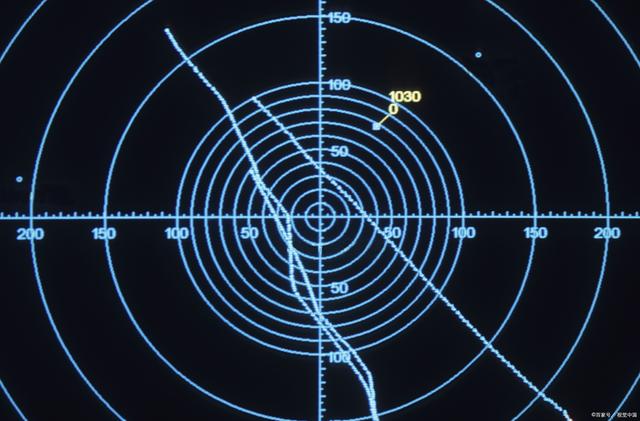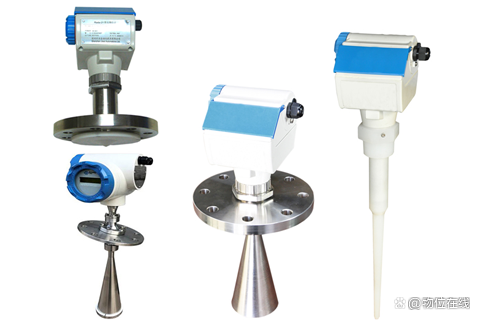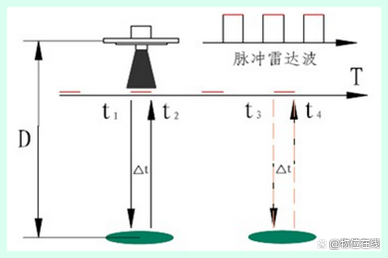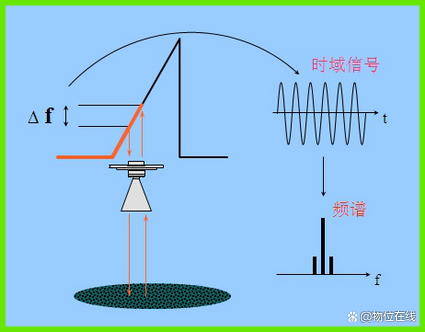BETTER TOUCH BETTER BUSINESS
Contact Sales at KAIDI.
As a common level instrument product, radar level meter is often used to measure the level of liquid, slurry and particle in various metal and non-metallic containers or pipes. According to the working mode of radar level meter, there are two types of radar level meters: contact type and non-contact type. Compared with the contact radar level meter, the non-contact radar level meter is the fastest developing measuring instrument in recent years. It has the advantages of simple installation, less maintenance, flexible use, and not affected by dust, temperature and other factors in the warehouse. According to the waveform of microwave, non-contact radar level meter can be divided into pulse radar level meter and FM continuous wave radar level meter. The contact radar level meter mainly includes guided wave radar level meter. Here we will talk about their principles and applications in combination with these common radar level meters.

1、 Principle of Several Common Radar Level Meters
1. Guided wave radar level meter
The guided wave radar sends out high-frequency microwave pulses that propagate along the detection components (steel cables or steel pipes). When encountering the measured medium, some of the pulse energy is reflected back due to the sudden change of the dielectric constant. The time interval between the transmitted pulse and the reflected pulse is proportional to the distance of the measured medium. The actual level value can be calculated by the time of transmitting pulse and receiving pulse recorded by the radar level meter factory.
2. Pulse radar level meter
The pulsed radar level meter transmits microwave pulses at the speed of light (in the air). After touching the surface of the measured medium (the dielectric constant must be greater than the dielectric constant of the propagation medium), part of the microwave is reflected back (the reflection amount depends on the flatness/dielectric constant of the material surface) and received by the same antenna. The greater the reflection amount (rate) of the medium, the stronger the signal will be, and the better the measurement will be; The smaller the amount (rate) of reflection, the weaker the signal is and the easier it is to be interfered with. By accurately identifying the time interval △ t between the transmitted pulse and the received pulse, the distance D from the antenna to the surface of the measured medium can be further calculated

3. FM continuous wave radar level meter
The FMCW radar uses 24GHZ as the measuring fundamental frequency (carrier frequency), 2GHZ as the adjusting bandwidth, and the whole scanning time is 7ms. A linear scanning is completed. After the signal is transmitted, the echo signal is received after a certain time delay. The time difference generated in the linear sweep is in direct proportion to the liquid level distance. Because there are many reflected waves, all echo times are converted into a frequency spectrum with a certain energy by FFT, and the higher and steeper video spectrum signals are useful signals

2、 Application of Several Common Radar Level Meters
As the radar level meter has the advantages of accurate measurement, stable performance, high reliability, simple maintenance, and wide application range, its application range is very wide, covering the power, steel, metallurgy, cement, petrochemical, paper making, food and other industries, and it is suitable for occasions with large changes in dust, temperature, pressure, and the presence of inert gas and steam. However, due to the different application principles of different radar level meters, their application conditions are also very different. The specific performance is as follows:
1. Pulse radar level meter can be generally used in most applications, and is usually used to measure the liquid level of medium in cylindrical tank within 35m.
2. For spherical tank or liquid tank with mixing function, guided wave liquid level gauge supplier is usually used for liquid level measurement.
3. When measuring the medium of containers or storage tanks with large range and large dust, the FM continuous wave radar level meter with large energy and strong anti-interference ability must be used, otherwise the measurement results may not be accurate enough.

We are here to help you! If you close the chatbox, you will automatically receive a response from us via email. Please be sure to leave your contact details so that we can better assist